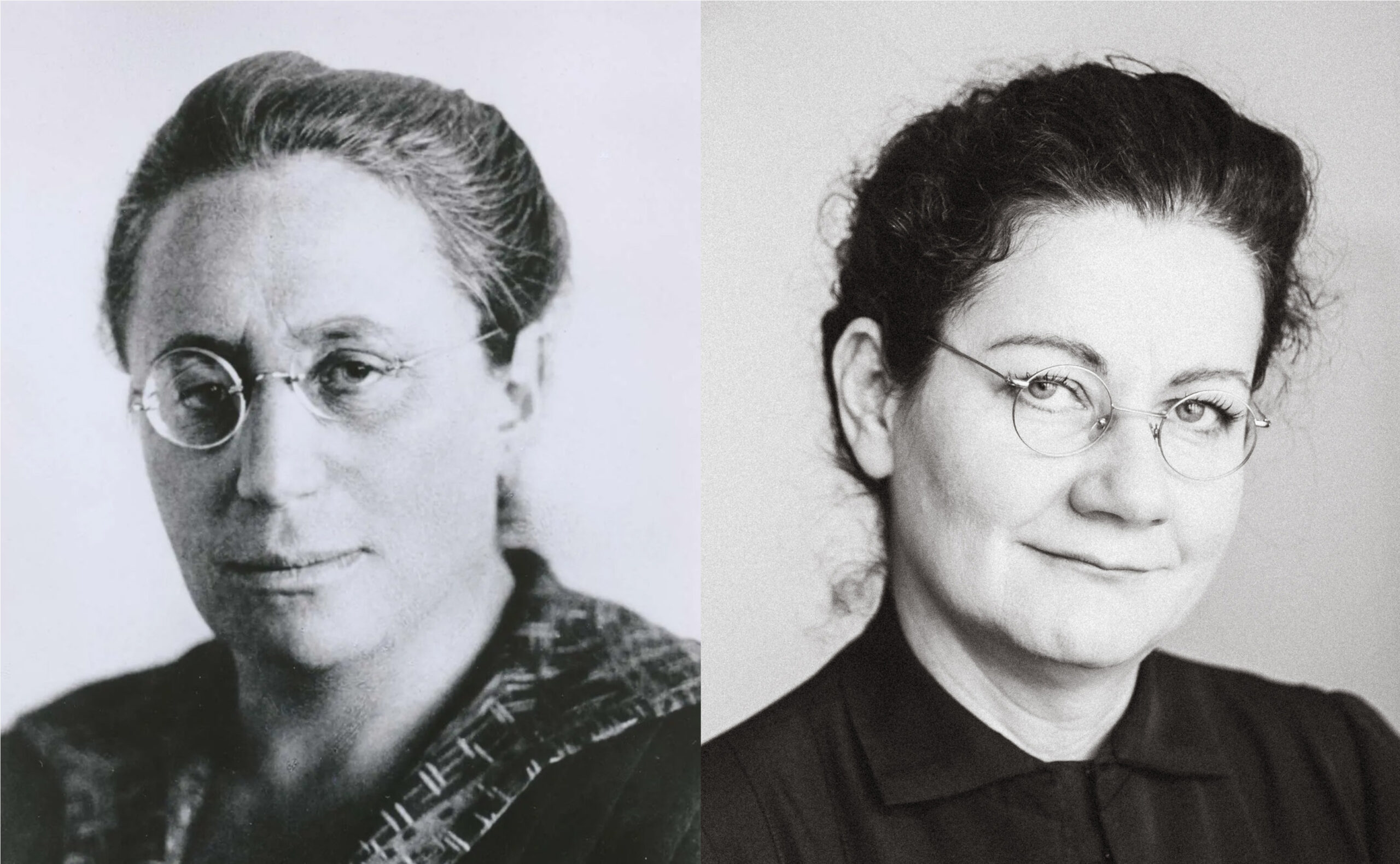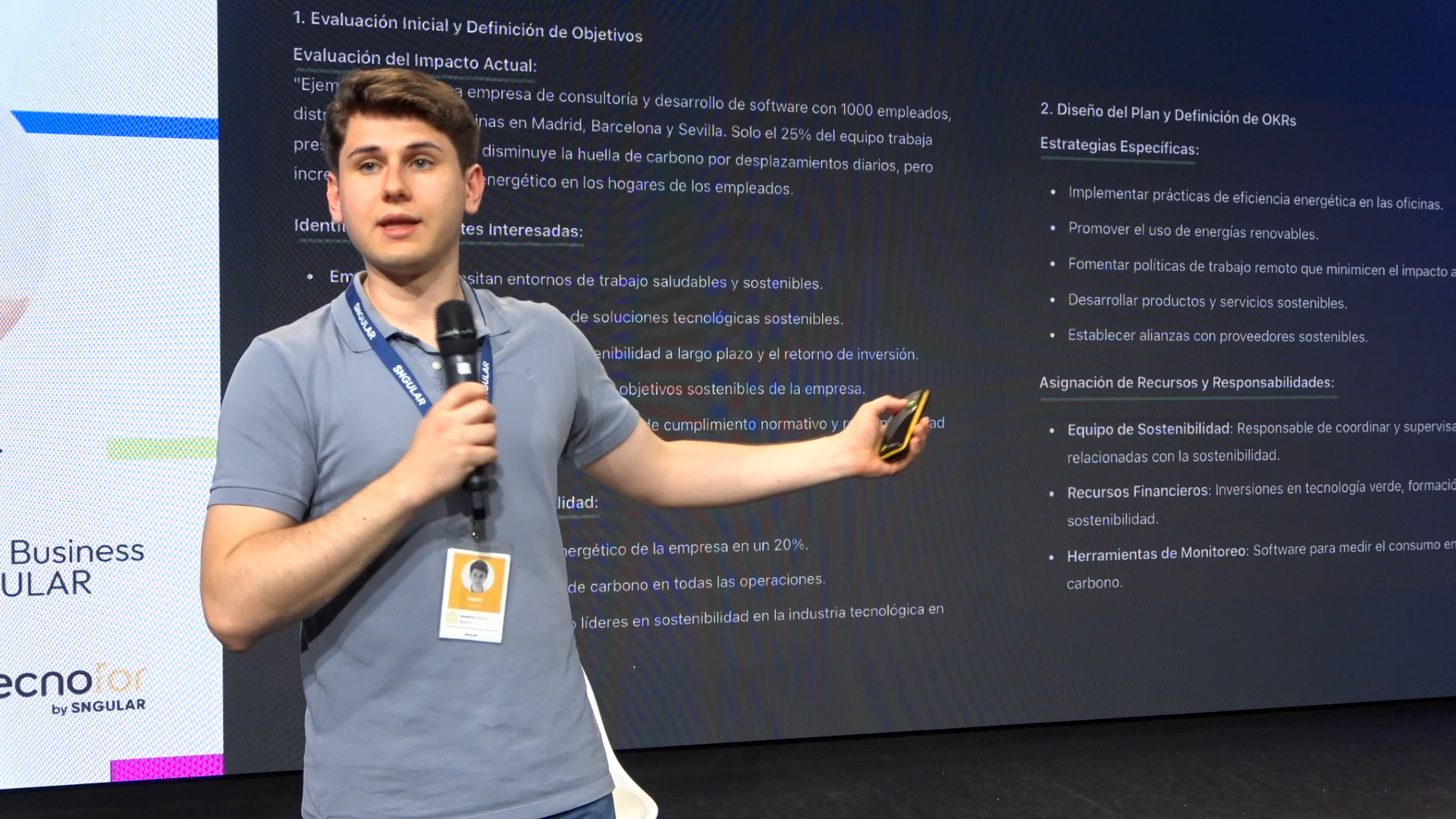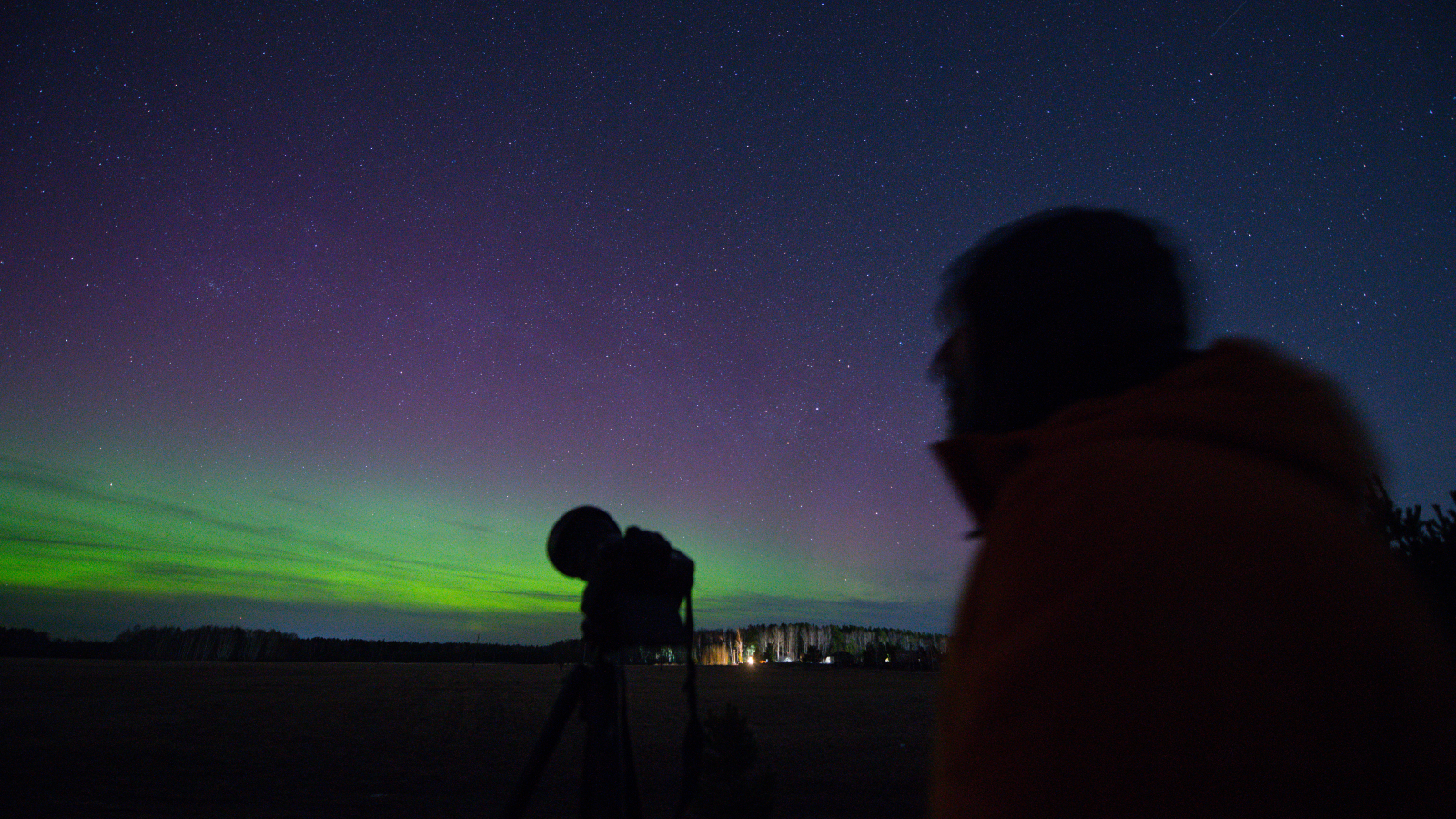A remarkable fossil unearthed in China is forcing scientists to rethink long-held assumptions about the timeline of human evolution.
A recent archaeological discovery in China has captured the attention of the global scientific community. Researchers have uncovered a remarkably well-preserved human skull that exhibits a combination of primitive and modern features, challenging previous theories about when and how humans evolved. The find provides a rare glimpse into the complex web of hominin species that existed tens of thousands of years ago, suggesting that human evolution may have been far more intricate than previously understood.
The discovery and its significance
The skull was excavated from a cave site in southern China, where layers of sediment have preserved remains from multiple periods. Preliminary dating techniques indicate that the fossil could be significantly older than comparable specimens found in other parts of Asia. Its unique morphology—featuring traits seen in both archaic humans and anatomically modern Homo sapiens—suggests that different human populations may have coexisted and interbred far earlier than scientists had believed.
Experts say that the find could rewrite a portion of the evolutionary timeline. Traditional models often depicted a linear progression from archaic species to modern humans, but the Chinese skull reinforces the idea of a branching, mosaic evolution. Such discoveries hint at a more dynamic process, where populations evolved in parallel and exchanged genetic material across regions.
The implications extend beyond academic debate. By revealing a broader spectrum of human diversity in ancient Asia, the fossil challenges assumptions about migration, adaptation, and survival strategies during the Pleistocene epoch. It highlights how local environments influenced evolutionary outcomes and underscores the importance of East Asia as a center of human development.
Insights into human diversity and adaptation
One of the most striking aspects of the Chinese skull is its combination of traits. While certain features, such as a prominent brow ridge and robust facial structure, are reminiscent of archaic humans like Homo erectus, other aspects, including the shape of the braincase and dental patterns, align more closely with modern humans. This blend suggests that evolutionary experimentation may have been common, with different populations retaining certain primitive traits while adopting others advantageous for survival.
The discovery also offers a perspective on how adaptation strategies have evolved. Scientists suggest that the changing environments in East Asia, including varying climates and ecosystems, might have spurred evolutionary advancements. Communities residing in these areas would have had to adjust to different resources, threats from predators, and social dynamics, leading to the mix of characteristics seen in the skull. This underscores the link between biological evolution, environmental transformations, and cultural progress.
Genetic analysis, once feasible, could further illuminate these patterns, potentially revealing evidence of interbreeding with other hominin species. Previous discoveries, such as Neanderthal and Denisovan DNA in modern populations, have demonstrated that gene flow between species was not uncommon. The Chinese skull may provide additional context, helping to map out the evolutionary relationships that shaped modern human diversity.
Rethinking the movement of humans and historical timelines
The findings in China lead to a reassessment of human migration routes. Traditional theories typically considered East Asia as a destination for modern humans moving out of Africa at a later stage. Yet, the age of this skull points to the possibility that hominin groups arrived in the area sooner than previously believed, engaging with indigenous archaic species. This implies that East Asia might have had a more pivotal role in influencing human evolution than was previously recognized.
Such a shift in perspective has wide-ranging implications. It suggests that human evolution was not a simple, unidirectional process but a network of populations adapting and exchanging traits across vast distances. Migration events, once thought to be isolated, may have involved multiple waves of movement and complex interactions, resulting in a rich tapestry of evolutionary history.
Archaeological context further supports these ideas. Tools, ornaments, and other cultural artifacts found near the fossil indicate that these populations possessed advanced skills and social structures. These findings challenge outdated notions that early humans in Asia were technologically or socially inferior to their African counterparts, reinforcing the idea that innovation occurred independently in multiple regions.
Broader impact on evolutionary studies
This discovery is not only important for understanding human evolution in East Asia but also has global significance. It highlights the need for increased archaeological exploration in regions that have been understudied compared to Africa and Europe. Each new fossil, artifact, or genetic sample has the potential to reshape the narrative of human development, reminding scientists that the story of our species is far more intricate than a single, linear path.
Furthermore, the find encourages interdisciplinary collaboration. Paleoanthropologists, geneticists, and archaeologists are combining their expertise to reconstruct a more accurate picture of human evolution. By integrating fossil evidence with genetic data, researchers can better understand the timing, diversity, and adaptive strategies of early humans. This holistic approach promises to yield new insights that will continue to challenge assumptions and spark discussion across scientific communities.
The finding of the Chinese skull highlights the significance of safeguarding fossil locations. Quick expansion of cities and industrial growth in various regions of Asia poses a risk of obliterating crucial clues from our history. Preserving these places guarantees that forthcoming generations of scientists can persist in unearthing and examining the intricacy of human development.
The ongoing research may yield important details from the Chinese skull, helping to bridge gaps in the history of human evolution. New dating techniques, high-definition imaging, and genetic analysis could uncover additional information about the individual’s life, health, and heritage, providing remarkable understanding of the interactions among various hominin groups.
This finding highlights that the evolution of humans is not a simple narrative but rather a complex tapestry of movements, adaptations, and links. Every new discovery enhances our understanding, indicating that the beginnings of humankind are intricate, intriguing, and still not completely uncovered. The fossil discovered in China strengthens the concept that East Asia played a crucial role in human evolution, requiring ongoing research, investigation, and conservation.
As the scientific community delves deeper into this discovery, it is clear that our understanding of human evolution is still evolving itself. With each new fossil, researchers are piecing together a narrative that is richer, more intricate, and more globally interconnected than previously imagined. The story of humanity, it seems, is far from complete—and this remarkable skull is helping to rewrite the chapters yet to be fully told.





